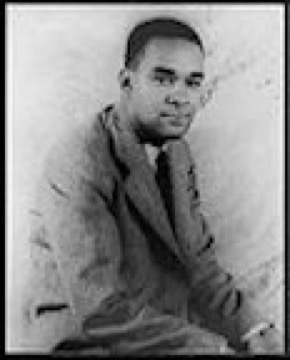Richard Wright
Literary Critique - The Man Who Was Almost a Man
June/22/2016 04:17 PM Filed: Literary Critiques

Photo Credit: Carl Van Vechten
(Wikimedia Commons)
A Dangerous Symbol of Masculinity
In “The Man Who Was Almost a Man,” a story published in 1940, Richard Wright introduces a protagonist who wants a gun. Although family and acquaintances oppose his wishes, he manages to acquire one for two dollars. The gun symbolizes strength and virility to this character, and he mistakenly believes that owning one will make him more of a man.
During his first experimental handling of the weapon, he accidentally shoots a neighbor’s mule. Wright’s vivid description of the animal’s death at the hands of her killer indicates the gunman regrets his clumsy action and wants to cover it up.
When questioned by the owner, he claims the mule fell on the joint of a plow. He buries the weapon, but later reclaims it and jumps onto a passing train, bound for an unknown destination.
“He hesitated just a moment; then he grabbed, pulled atop of a car, and lay flat. He felt his pocket; the gun was still there. Ahead the long rails were glinting in the moonlight, stretching away, away to somewhere, somewhere where he could be a man…” Wright shows the spiritual unrest within this character. “He turned over, thinking how he fired the gun. He had an itch to fire it again.”
In this excerpt, Wright reveals an inner struggle. The gunman talks himself into asserting his manliness by going after the most dangerous symbol of power: a firearm.